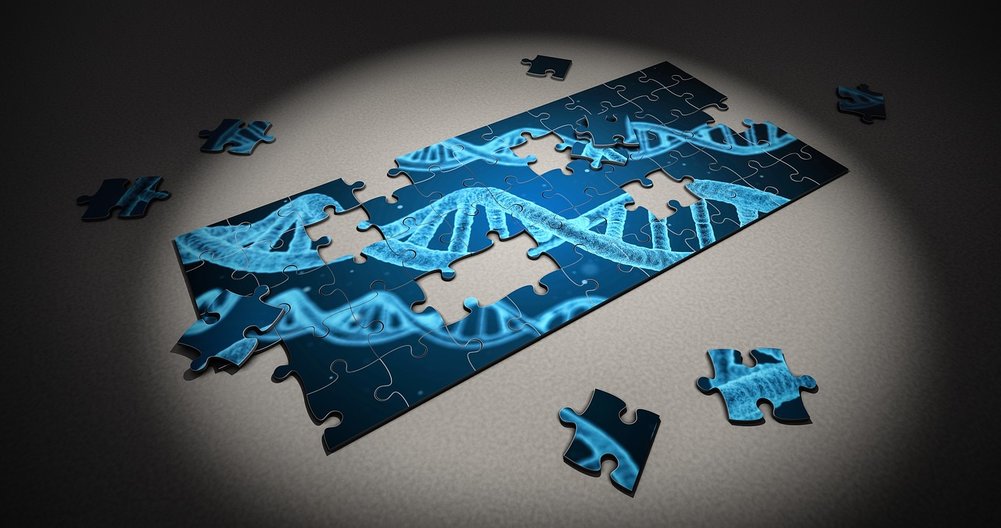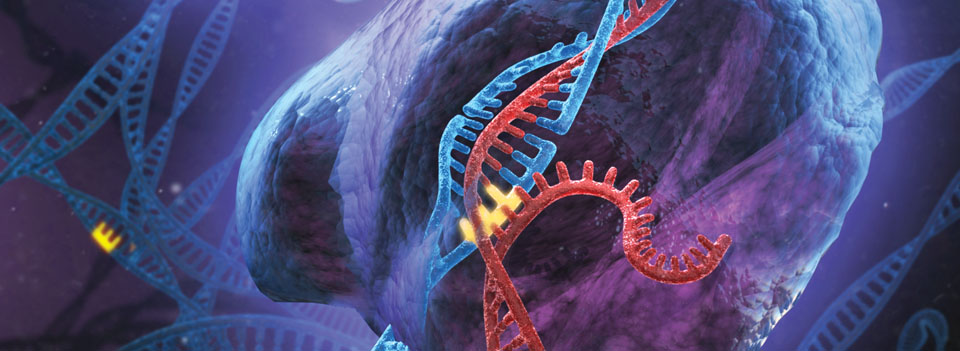Gene drives are capable of altering genomes of entire animal populations by passing down mutations through generations faster than natural inheritance. The main goal of using them is to defeat diseases, control pests and speed up lab work. Self-destructing mosquitoes and sterilized rodents are in the center of interest. However, recent advancements raise concerns about unleashing this powerful technology with no clear ecological consequences
Austin Burt and Andrea Crisanti, geneticists at Imperial College London, wanted to bypass natural selection and introduce a gene that would spread through the population at higher-than-normal rates of inheritance. Researchers wanted to reduce mosquito populations so they can not transmit malaria. In 2011, a gene they had inserted into the mosquito genome had “spread” through the population and reached about 85% of the insects’ descendants. It was the first engineered gene drive.
Today, scientists can develop a drive in months. The technique is based on CRISPR and bits of RNA to alter or silence a specific gene or insert a new one. In the next generation, the whole drive copies itself onto its partner chromosome, so the genome has two copies of the gene drive. Therefore, the change is passed on to all of the offspring.
Gene drives are the next-level ecological “repair” mechanisms. “Gene drives will spread by themselves,” said Fredros Okumu, director of science at the Ifakara Health Institute in Dar es Salaam, Tanzania. “We’ve got to prepare people and share information openly with all the countries concerned,” he said.
Up to now, scientists have engineered prosperous gene-drive systems in mosquitoes, fruit flies and fungi. No engineered gene drive has yet been released into the wild, but the technology could be ready in a few years from now, Crisanti said for Nature. In July, Target Malaria, an international research consortium, released a test batch of genetically engineered mosquitoes (without gene drives) in a village in Burkina Faso.
The social and diplomatic challenges could be harder to overcome than the technical ones. “Technologies like this have real-world consequences for people’s lives that can be nearly immediate,” said Kevin Esvelt at the Massachusetts Institute of Technology (MIT) Media Lab in Cambridge, who was among the first to build a CRISPR-based gene drive.
Some questions about the technology and its applications have yet to be answered. How well gene drives will work, how to test them, and who should regulate the technology. We can gain an overall view from a few examples and opinions.
Technological obstacles and holes in knowledge
Animals in the laboratory can develop resistance against gene drives with the accumulation of mutations that prevent the drives from spreading. In fruit flies, genetic variants conferring resistance formed frequently. Mutations often alter a sequence that CRISPR is set to recognize so the gene cannot be edited. Crisanti noticed a gene drive gradually decrease in frequency over multiple mosquito generations owing to resistant mutations at the target gene.
Picking highly conserved genes as a drive target (changes are likely to be lethal) could be an answer. In 2018, Crisanti crashed a population of caged Anopheles gambiae mosquitoes with 100% efficiency. Drive disrupted a fertility gene called doublesex, and because it is crucial for procreation, it is resistant to mutations. Now the team is adapting the drive to cut two loci on the doublesex gene.
“I want to make sure that the likelihood of developing resistance is very, very remote before saying the technology is ready for the field,” said Crisanti.
Last year, Kim Cooper and her colleagues at the University of California (UCSD), engineered a drive that interrupts a mouse gene, Tyr, and turns the animals’ coats white. The drive was only 72% efficient at copying itself in the genome and worked poorly in the male germline.
She emphasizes that in an experiment, the drive did not self-propagate. “There’s still so much work to be done to show that something like this is even feasible,” said Cooper.
Possible uses of gene drives
Gene drives have been proposed as a way to: reduce or eliminate insect-borne diseases, control invasive species, reverse insecticide resistance in pests, conserve delicate ecosystems and speed up lab work.
Rebecca Shapiro, from the Broad Institute and MIT in Cambridge, developed a system to drive mutations into the Candida albicans with close to 100% efficiency. This fungus genome is challenging to manipulate, but the gene drive approach has shown to be effective.
The Genetic Biocontrol of Invasive Rodents (GBIRd) program wants to use the technology to eliminate invasive rodents from islands where native wildlife is distressed. Pesticides, the usual method, are expensive, difficult to use and feasible on only about 15% of islands.
“We are trying to look at technologies that would take care of the other 85%,” said Royden Saah, GBIRd’s program manager
Some researchers try to find an alternative to wiping out entire populations. Omar Akbari and his colleagues at UCSD engineered Aedes aegypti mosquitoes to express an antibody that protected the insects against major strains of dengue. The antibody will be attached to a drive which will hopefully spread. Furthermore, Akbari is building a gene drive that activates a toxin when any virus infects A. aegypti.
“We want to build a Trojan horse in the mosquito,” said Akbari. “When a mosquito is infected by a virus – whether it’s dengue, Zika, chikungunya, yellow fever, activates our system, which kills the mosquito.”
Consequences and control
In 2014, when Esvelt and geneticist George Church built their first gene drive at Harvard Medical School in Boston, they also built a reversal drive to overwrite the original drive on command.
“I realized, oh hey, this isn’t just going to be about malaria, this is potentially going to be something any individual who can make a transgenic fruit fly could build to edit all the fruit flies,” said Esvelt.
The US Defense Advanced Research Projects Agency (DARPA), recognized the importance of developing gene drives with built-in controls and external overrides. DARPA’s Safe Genes program provide funds to study how to control, counter and reverse gene drives. Esvelt designed a daisy drive, engineered to lose a link at a time, like plucking one flower from a chain-linked head to the stem, until it runs out over several generations.
“We’re mitigating the potential for misuse, whether it’s accidental or nefarious,” said Renee Wegrzyn, the program manager for Safe Genes.
Akbari’s team is developing gene drives that should be unable to spread beyond a target population and exists just long enough to eliminate a targeted virus in flies or mosquitoes. One developed drive requires a continual release for many generations. After releases stop, it becomes diluted and disappears within four years.
“It’s something that is, in my opinion, a little safer and still pretty effective,” said Akbari.
Trial possibilities and success
To explore the benefits and risks of a wild release, teams are scaling up cage experiments and building ecological models. Crisanti, with his team, enriched mosquito cages with changing environmental conditions. The purpose was to replicate natural mating behaviour – males forming swarms to attract females. Crisanti said the drive is being passed along efficiently without signs of resistance.
“We want to scale up in order to test it across different genetic backgrounds, under more realistic scenarios,” said Nolan, who now runs a lab at the Liverpool School of Tropical Medicine, UK.
The Target Malaria team is also building ecological models of prospective release locations. One study models mosquito populations at more than 40,000 settlements, and it takes into account rivers, lakes, and rainfall, as well as field data on mosquito movement. The results show that the repeated introduction of modified mosquitoes over a few years will reduce the insects’ overall numbers.
“The theory says that, in principle, if you release once it would spread continent-wide. The reality is that would happen very slowly,” said population biologist Charles Godfray at the University of Oxford, UK, the study’s lead researcher.
Some scientists are concerned since gene drives have the potential to alter entire ecosystems. According to Natalie Kofler, from the Editing Nature group at Yale University, they could negatively affect human health by causing the malaria parasite to evolve to be more virulent or to be carried by another host.
“This technology has the potential to be immensely powerful and to change the course of things that we may not be able to predict,” said Kofler.
Who will have the power to decide when to use a gene drive
Okumu was part of a scientific working group, organized by the Foundation for the National Institutes of Health, that agreed on a series of recommendations for using gene-drive mosquitoes in sub-Saharan Africa. In 2017, a group of scientists and ethicists gathered to discuss the societal questions surrounding gene drives.
“I say this with all conviction – in the end, the best people to make these decisions are the countries themselves,” said Okumu. He wants African scientists to develop and test gene-drive technology locally. “People fear the unknown, and the unknown right now is being presented from a Western perspective,” Okumu added.
In August 2018, the National Biosafety Agency of Burkina Faso authorized Target Malaria to release a strain of genetically modified sterile male mosquitos. The scientists hope that the release of 6,400 mosquitoes will improve the perception of the research as well as provide data for future releases.
Although gene drives are not ready for release, scientists work with risk assessors, ethicists and ecologists to identify and reduce all risks.
Learn more about CRISPR-based gene drives from Dr Kevin Esvelt (MIT), in the video below:
By Andreja Gregoric, MSc











